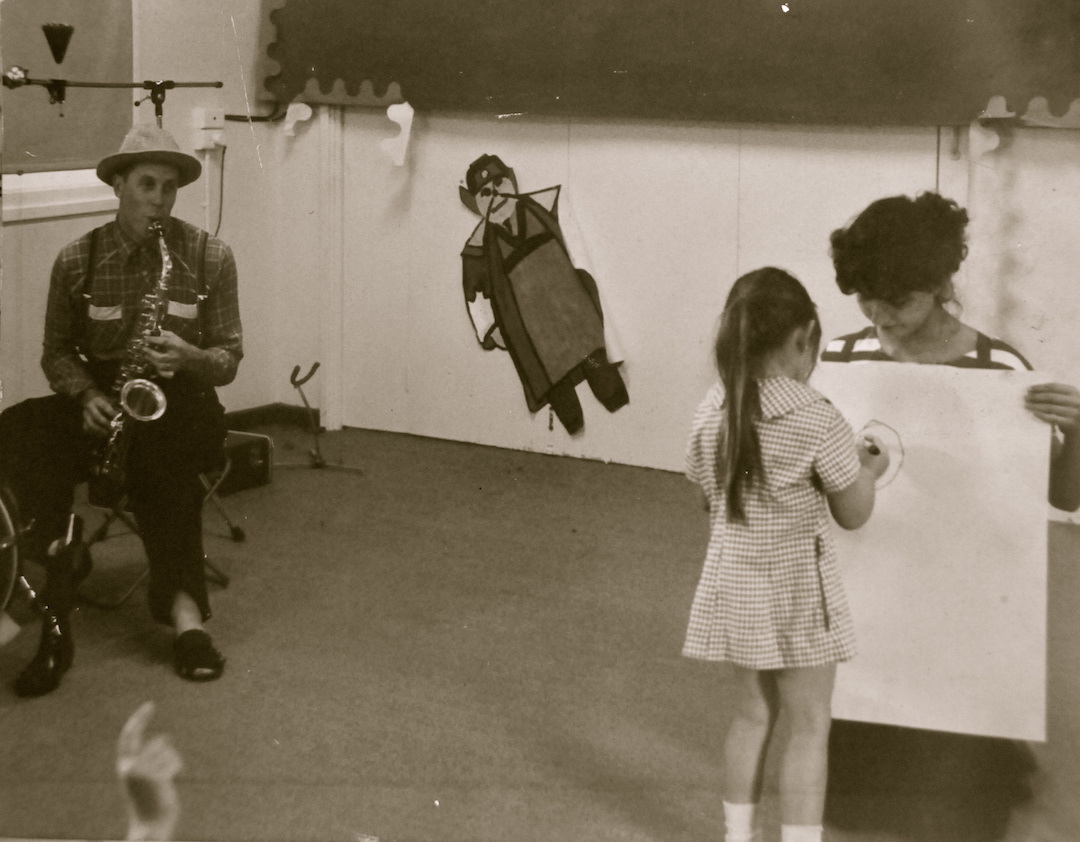


Examining the processes, people and outcomes of participatory community art projects covering 37 years of working as a community arts worker in Oceania, Australia, India and Japan with a focus on intergenerational art and in particular the active participation of elderly people.

The stakeholders and key artists who I have worked with during this period and their contribution towards authentic active participation and cultural democracy.

The reasons for the website, why I do what I do and why this kind of work matters .
Steve Mayer-Miller

T
his website is based on field notes I have made during 37 years of working in participatory art throughout Oceania, Australia, India and Japan. These notes are just the tip of a complex process that is as rich and diverse as the artists who share their skills and also the people who share their stories and participate in that exchange of making art. I still remain ignorant of so many aspects of this rich and diverse field, but my ignorance is the fuel for my curiosity and imagination. The people who actively participate in the projects come from all walks of life, cultures, ages and geographical locations. The profile pages are of older artists who continue practicing their art. In interviewing each of them I was particularly interested in asking about the art processes they use, seeing how art has made an impact on them in their later years and to what degree they have changed over the years. I have also profiled younger artists who continue to work in participatory arts with older people. The process section delves deeper into the methods, techniques and the dynamics of participating in art making that is so often unpredictable. It’s art making that is strongly dependent on the input, the energy, the experiences and the feelings of people of all ages who are often working together for the first time and do not know where this process will take them or what the exact outcome will be.


WHY I DO THIS
C
reating something that has not existed before can be exhilarating, often unpredictable and at times risky, particularly when you are collaborating with a lot of people. Sometimes you feel as though there is no end in sight. And yet that song, drawing, photograph, poem or performance, can become extraordinary, make our hearts and minds soar and take us to new levels of understanding ourselves and the world in which we live. 37 years ago I took the plunge straight from university as a teacher graduate and found myself at Cabramatta Migrant Centre in Sydney with a group of newly arrived boat people from Indo-China and political refugees from Chile. They had stories to tell. And they had a burning need to tell those stories. I left the teaching career and I became a community arts worker. I experienced the richness, the power and the goodness that came out of creating environments where people could participate actively in the arts and have a voice on the direction of that art. What made an indelible mark on me was seeing the richness that came out of developing collective art projects with people of all ages and cultures in the one room sharing ideas. Today my particular focus is on creating opportunities for older people particularly those in aged care centres and those who experience dementia to engage actively and genuinely with the wider community. By creating an art piece we are essentially making our own mark through our own will and our own actions. That has the capacity to give us a greater sense of who we are. That applies to all people regardless of their age. As we get older, control over our own lives is often diminished whether physically, mentally or through society’s neglect or negative views of older people. Our choices are reduced. Art is a powerful way of re-engaging people into having greater control in their lives by taking an active part in what is a life affirming process. That applies to all of us. Older people should not be segregated. They are what we all become. The person in the right photo above is the same person as the one in the left- he’s just older. My point is that society does a pretty good job in relegating and isolating older people. To make any impact on older people’s lives, our job is to adopt a whole of community approach and engage people of all ages and cultures in these projects. The democratic universal principle of everyone having the right to freely participate in the cultural life of the community is fundamental to this process . The choices that people have in these projects is a measure of the authenticity and the value and quality of what it means to actively participate. At a time in our history when the civil liberties of people around the world are being eroded, active participation in art is one way to have a voice and tell our story.
STEVE MAYER-MILLER 2017 recipient of the Australia Council’s prestigious Ros Bower Lifetime Achievement Award for work in community arts and cultural development. Peer panel member Australia Council for the Arts (current)




